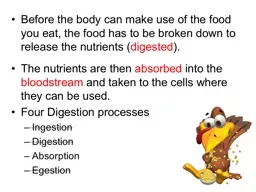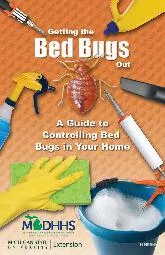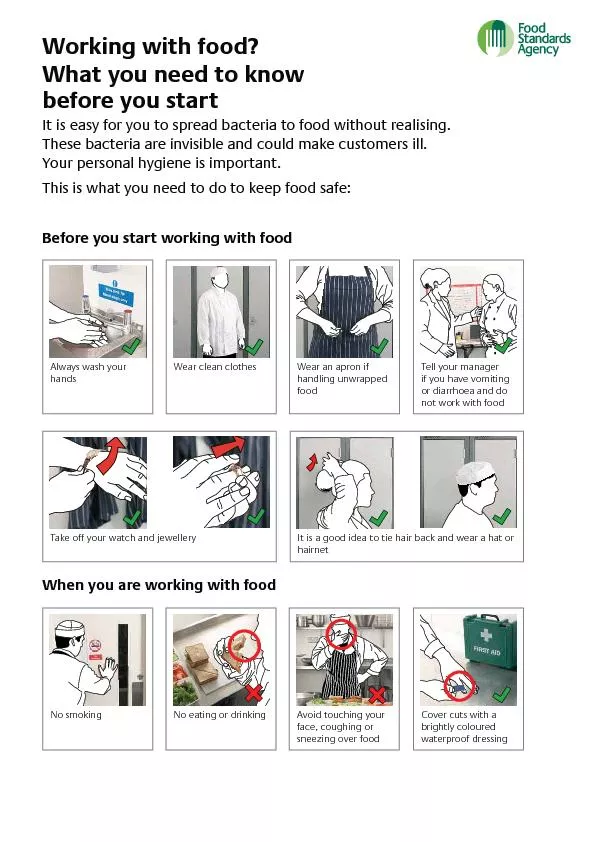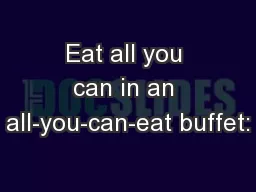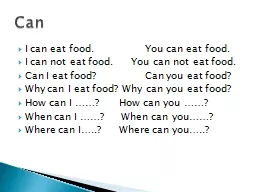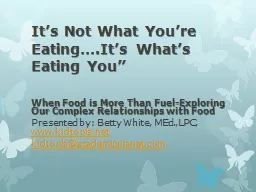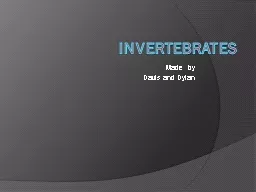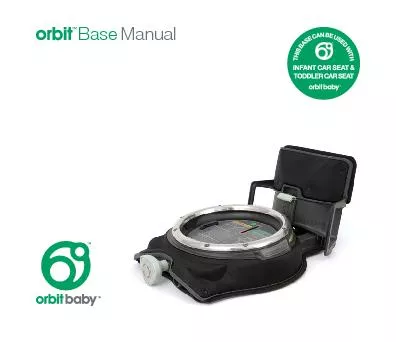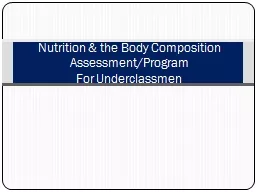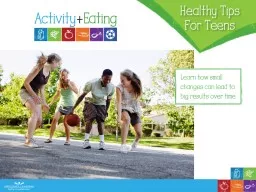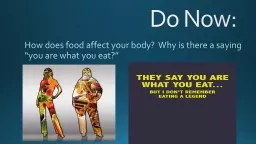PPT-Before the body can make use of the food you eat, the food
Author : faustina-dinatale | Published Date : 2017-07-30
digested The nutrients are then absorbed into the bloodstream and taken to the cells where they can be used Four Digestion processes Ingestion Digestion Absorption
Presentation Embed Code
Download Presentation
Download Presentation The PPT/PDF document "Before the body can make use of the food..." is the property of its rightful owner. Permission is granted to download and print the materials on this website for personal, non-commercial use only, and to display it on your personal computer provided you do not modify the materials and that you retain all copyright notices contained in the materials. By downloading content from our website, you accept the terms of this agreement.
Before the body can make use of the food you eat, the food: Transcript
Download Rules Of Document
"Before the body can make use of the food you eat, the food"The content belongs to its owner. You may download and print it for personal use, without modification, and keep all copyright notices. By downloading, you agree to these terms.
Related Documents

